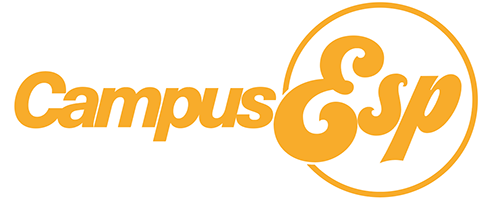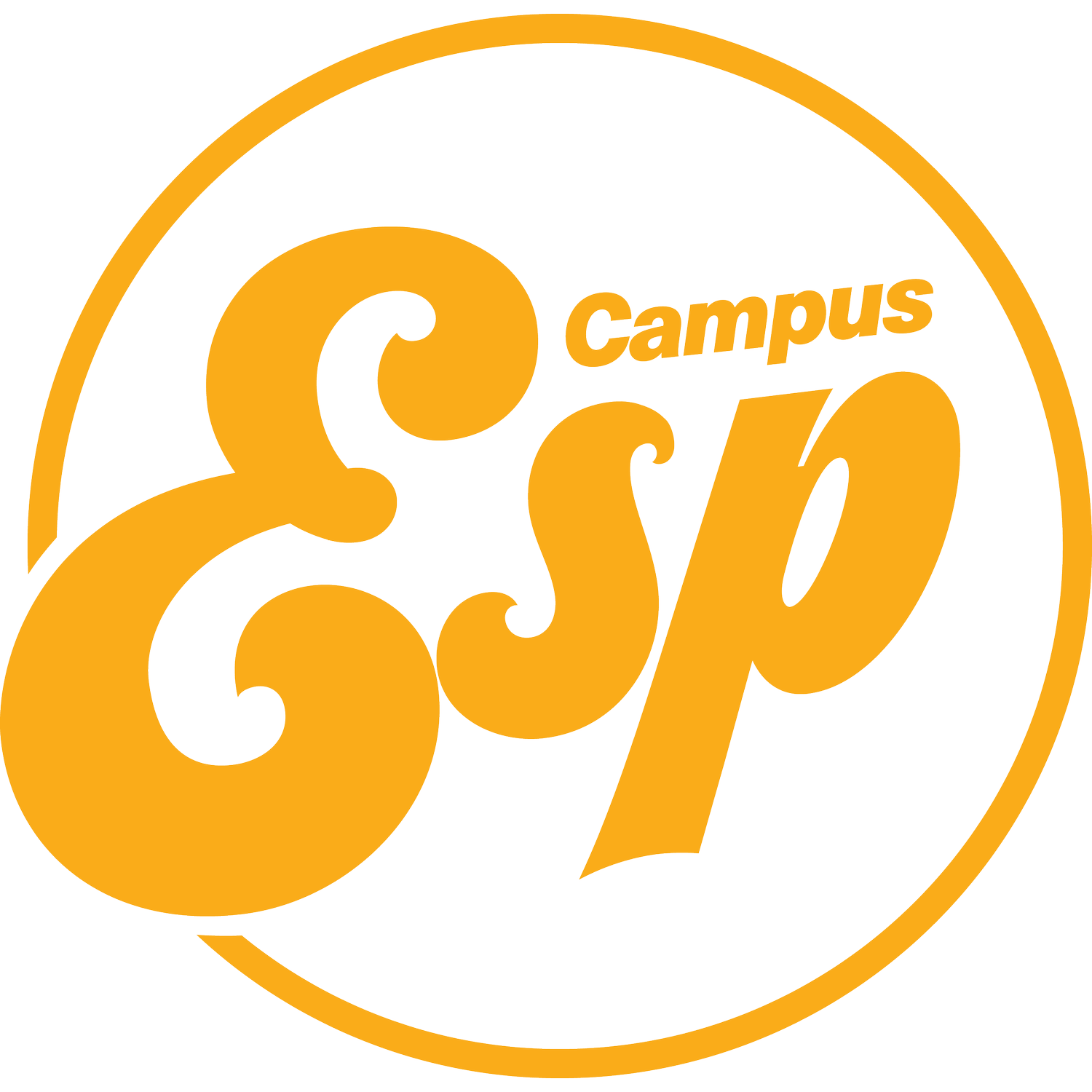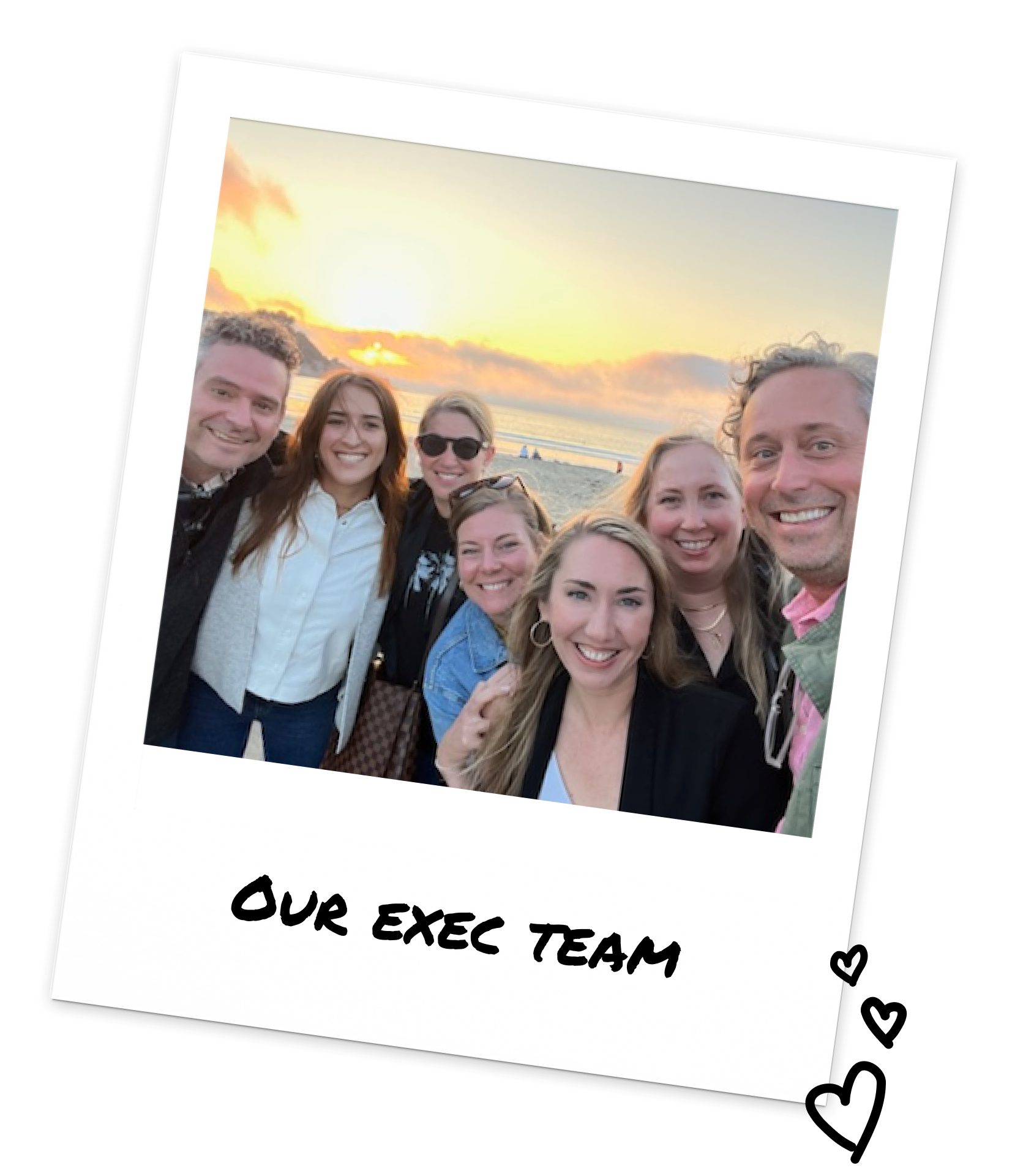It’s impossible to tell the story of CampusESP without first recognizing that the story is twice as long and twice as complicated as I could describe here. Every startup takes twice as long to start before it's up.
So, I just want to recognize the people that supported CampusESP along the way. Before there were any customers. Before we knew what we were building and how much it would matter. Thank you to everyone who kept us going.
The Story
of CampusESP
Like most great ideas, the start of CampusESP happened over a beer.
It happened on July 12, 2013, in Abilene, Texas, at a place called The Mill. I know because I have a picture of the exact moment. I told Kevin (pictured to the right) that if this was the idea that I would build my life around, I wanted to remember it. Snap.
Having spent 14+ years in education technology, I wanted to create something that would help students. Student engagement seemed like the obvious starting point. I talked with friends and colleagues. Kevin, the CIO at Abilene Christian University, was the first person to set me straight.
“I don’t know, Dave. Everyone is building student engagement systems. You know who really uses those systems? Parents.”
My GenX mind couldn’t process this. When I went to college, I talked to my parents once a semester – not once a day.
I finished the beer with Kevin … and went to work on a different idea for the next two years.
The Idea
The Research
The idea was bothering me. Are parents really that involved in their students’ college experience?
I decided to research the idea during nights and weekends. I connected with 12 different colleges. I explained that I could help them understand the role parents play in student success. I called it a “Parent Engagement Review”. Six months later I had surveyed 8,000 parents and interviewed 50 families, including students.
The results were sort of nuts:
37% of families interacted with their student daily
61% of families had their students' college ID and password
41% of families expected communication from their students’ college at least weekly (today that number is 85%!)
Parents were more involved than anyone expected. But the real struggle for colleges was how to respond.
“What’s the problem you’re trying to solve?” is the mantra of any good entrepreneur or product manager. In this case, the problem was parents. Today’s college parents are crazy – or at least that’s what most people thought.
We started to build a system that would “give helicopter parents a place to land”. It was a phrase I was very proud of authoring (and even trademarked), but as I would later learn, it was completely wrong.
We worked with the Parent Engagement Review schools to build a prototype. We built from the “outside in”, meaning we thought about what parents would want to use and designed from their perspective. We listened to customers. Who am I kidding? We had no customers. Just tons of parent surveys.
Once we had a platform in place, we showed it to schools. My pitch: “This is awesome. You should buy it.” Each time it was a fight. What problem were we solving? Why was this a need to have?
But then, some pioneering schools gave us a chance. I have to call out a few that took a risk on CampusESP and really influenced our trajectory: Tarleton State, Penn State, and Auburn. (Lathes, Becky, Tess, Lady, Bart, and Cyndy, you guys rock. Thank you!)
Along the way, we noticed something amazing. The results. The data proved that parents helped increase student retention – when they were provided the right support at the right time. Alerting parents about student financial aid and holds was correlated with an 8% increase in student retention. Whoa...
The problem we solved wasn’t how to give helicopter parents a place to land.
The problem we solved was how to turn parents into partners.
The Problem
It started with parents of current students. We built a system that would provide parents the info they need, when they need it.
We added in a FERPA management system. Students could control who had access to their academic and financial records. Families would receive actionable insights to support their students.
We expanded to parents of prospective students. We integrated with CRM data and developed messages to “nudge the nudgers” in order to encourage student enrollment. We developed the concept of a Parent Promoter Score™.
Over the years, we added many product enhancements, including event management, eCommerce, text messaging, video integration, advanced reporting, and more. There are plenty of pages on this website that speak to the features and the benefits of CampusESP.
CampusESP is now being used by nearly 10% of all college families in the U.S., which is a bit mind blowing.
And I still demo CampusESP to customers, even as CEO. I love giving people a tour.
Why? Because over my career I’ve given thousands of demos for many different products, but this is still the only solution that after every demo – every demo – I just laugh and shake my head. The product is awesome. I never really need to sell it. I let the product sell itself.
If a school wants to engage families, CampusESP is the answer.
The Product
The Team
Many people say your co-founder is like your spouse. I agree. I met James Bright in Philly while we were both working on other projects. After they both failed, we started dating. The result was a beautiful baby product.
My best James story is the day he thought that 2 parents (out of 200,000) may have received an error when logging into CampusESP. He reached out to these users personally to apologize. I’ve never seen any tech person do that before. That “customer-before-tech” mentality quickly became our normal.
Of course, it takes a village to raise a baby product. Our next few hires are some of the most significant people I have met in my life. Amazing people that helped us breathe life into CampusESP the product and turn it into CampusESP the company. (Shout out to Brooke, Leslie, Chris and Jay - who took those first awkward steps with us and are still with us today. Thank you for always believing!)
People ask me, “what’s the culture like at CampusESP?” The answer is not static. As our team expands, our culture evolves. Most of us are growing alongside CampusESP. Half of our employees are in their 20s. The other half act like they’re in their 20s.
From ski trips to murder mysteries to concerts to camp-themed off-sites to pandemic pods to bell-ringing moments, we embrace a simple principle: work should be fun.
Still, it’s a journey. Work can be hard. CampusESP is bootstrapped, which means (even though we tried) most investors didn’t believe in us. So we showed them why they were wrong. We built a company with a chip on our shoulder. Maybe it’s the Philly in us? It’s taken us longer, but we’ve had more fun along the way.
Our customers are everything. They keep us going.
Higher ed has been under attack for the last 10 plus years. Administrators are leaving the industry every week. New faces don’t have the training they need, and schools are usually short-staffed. They believe in the mission but are constantly approached by companies with a “technology solves everything” mentality.
From day 1, we knew our product would never be enough. We knew we had to act as an extension of the customers we served. That’s why almost half of our company is devoted to customer success. We recently created our first customer video. We profile our customers’ accomplishments here. I am so proud of these stories. They put a smile on my face.
Honestly, sometimes we lose perspective. Lost in the weeds, maybe. But every so often, we get an email or a call from a customer. It could be a quick thank you. More often it’s something more: a customer telling us why we’re different. In our early days we cataloged them in a “smile file”. Today we share them with the whole team through Slack. In all cases, it’s the fuel in our tank. Our customers bring us energy.
The Customers
CampusESP was built on three principles: The product should be awesome, customers should be happy, and work should be fun.
It seems so simple. It’s anything but. For our customers, there are new challenges every day. For our team, there are new challenges every day.
It would have been so easy to drink that beer with Kevin and never come back to the idea of parent engagement. I’ve made 1,000 bad decisions on this journey. I’ve also made 1,000 good decisions.
But as most entrepreneurs will tell you, it’s a journey.
And the journey is half the fun.

































